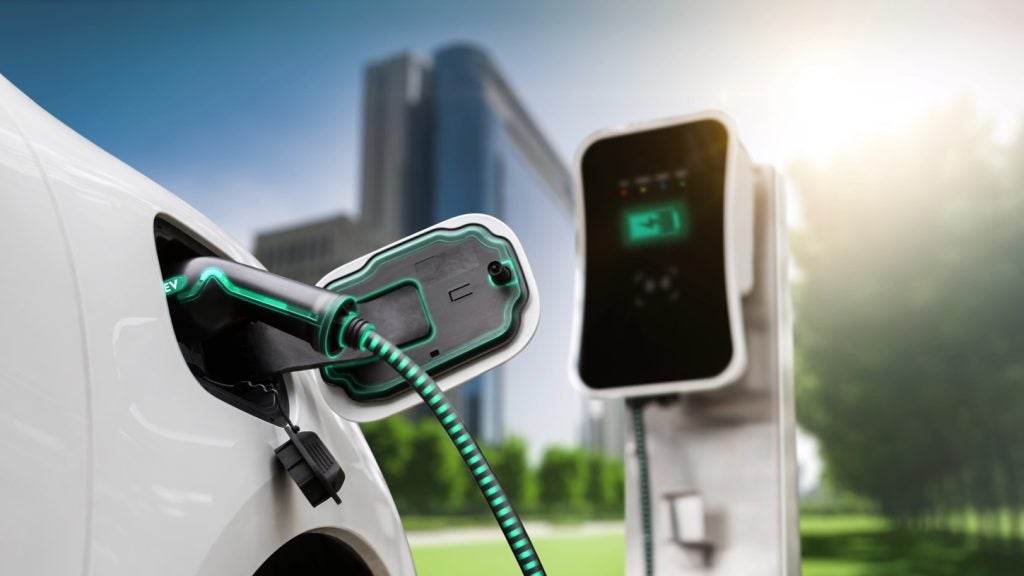
The most significant change to emissions testing in a generation will have no long-term impact on residual values, argues Andrew Mee, senior forecasting editor at cap hpi
The Worldwide Harmonised Light Vehicle Test Procedure (WLTP) will replace the New European Driving Cycle (NEDC) after the United Nations Economic Commission for Europe demanded a more accurate testing regime for CO2 emissions and fuel economy rates.
The industry and consumers are aware of a gulf between official combined fuel consumption figures on which many running cost calculations are based, and the fuel consumption achieved by drivers on the road.
WLTP will apply only to new vehicles; drivers will not find existing vehicles being shifted into a higher tax bracket overnight. The industry has yet to see any WLTP numbers from the manufacturers, but it is expected that CO2 emissions and MPG will be worse than under NEDC.
When WLTP is introduced there is likely to be confusion for the buyer. Diesel engines will appear to be worse than before, but so too will petrol engines; we expect that the degree of change to CO2 and MPG might be higher for small petrol engines due to them having to work harder under the new test conditions.
While there might be some short-term fluctuations in used values when WLTP is first introduced, over the medium to long term – one to five years – buyers will get used to the new CO2/MPG figures. We expect that the current gradual shift from diesel cars to petrol and alternative fuel cars will continue without WLTP having a significant impact.
How well do you really know your competitors?
Access the most comprehensive Company Profiles on the market, powered by GlobalData. Save hours of research. Gain competitive edge.

Thank you!
Your download email will arrive shortly
Not ready to buy yet? Download a free sample
We are confident about the unique quality of our Company Profiles. However, we want you to make the most beneficial decision for your business, so we offer a free sample that you can download by submitting the below form
By GlobalDataOur future forecast values are based on the impact of this gradual shift on used car supply and demand, so there are no plans to adjust our forecasts specifically as a result of WLTP introduction.
Cap hpi welcomed the setting of a deadline of September 2018 to go public on WLTP. The deadline will lift pressure on those impacted to make changes to customer endpoints. Equally, all finance operators are advised they cannot rest on their laurels, as these changes will come into force.
Cap hpi is leading efforts to ensure that all interested parties are both well informed and prepared for the WLTP changes when they come into effect. Early September 2018 is when all outputs and educational messaging surrounding WLTP will be made available to the general public for the first time.
Experts from cap hpi are working with the government and industry bodies at the WLTP steering group to understand and compile progress updates from across the automotive industry. The objective was a drive for clarity on workable target dates for completion of the project. This is the first part of a wider project between the government, cap hpi and relevant industry bodies to bring the government’s proposals into reality.
WLTP will be introduced in phases starting in September 2017. Testing itself is compulsory on all vehicles homologated after September 2017. All manufacturers of passenger cars and LCVs are asked to comply with the relevant requirements by this date.
While manufacturers will still be obliged to generate the WLTP testing data on all new vehicles created from September 2017, the new 2018 timescale has alleviated the pressure to make changes to customer endpoints in systems, comparator and configurator tools by this date. There is no expectation for the industry to display all the new WLTP information at this point.
Although the WLTP testing regime will be used on new vehicles, all WLTP final outputs will be converted to the equivalent NEDC figure utilising the Compass software calculation. The adapted figure will be used by the industry.
The industry has called for a standardised approach to displaying information, which allows a fair view across all brands and maintains competitiveness across the industry. Once finalised, the format can be shared industry-wide, allowing all affected sectors to understand their particular system impacts and timescales for making the changes.
A lot of work has already been undertaken to ensure a smooth transition. The next step in the process is to ensure that company and private drivers understand the changes and how they will be affected.







